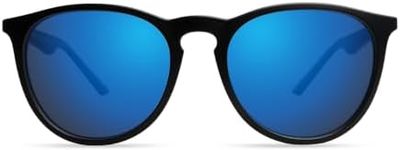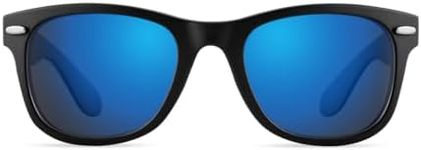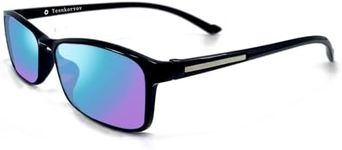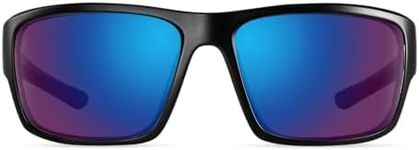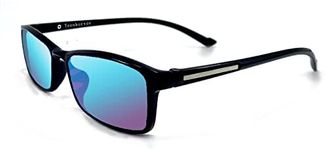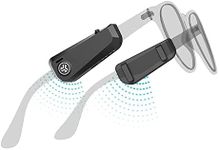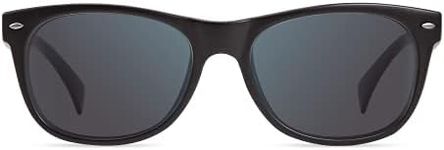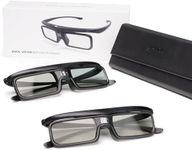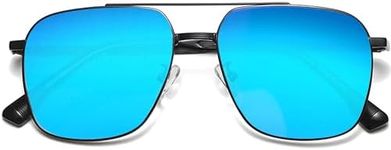Buying Guide for the Best red green color blind glasses
Choosing the right red-green color blind glasses can significantly improve the quality of life for individuals with color vision deficiency. These glasses are designed to enhance color perception and help distinguish between red and green hues. When selecting the best pair for you, it's important to consider several key specifications to ensure they meet your specific needs and preferences. Understanding these specs will help you make an informed decision and find the perfect fit for your vision requirements.Type of Color BlindnessColor blindness can vary in severity and type, with red-green color blindness being the most common. It's important to know whether you have protanomaly (difficulty distinguishing red) or deuteranomaly (difficulty distinguishing green). Glasses are often tailored to address these specific types, so identifying your type will help you choose the most effective pair. If you're unsure, a color vision test can help determine your specific condition.
Lens TechnologyThe lens technology used in color blind glasses is crucial as it determines how effectively the glasses can enhance color perception. These lenses typically use special filters to alter the wavelengths of light entering the eyes, making it easier to distinguish between red and green. Look for glasses that use advanced lens technology designed specifically for your type of color blindness. Higher quality lenses will generally provide better color differentiation and a more natural viewing experience.
Frame Style and FitThe style and fit of the glasses are important for comfort and usability. Frames come in various styles, such as full-rim, half-rim, and rimless, and can be made from different materials like plastic, metal, or a combination. Consider your personal style preferences and how you plan to use the glasses (e.g., daily wear, specific activities). Ensure the frames fit well on your face, are comfortable to wear for extended periods, and do not slip off easily.
Prescription CompatibilityIf you require prescription lenses, it's essential to find color blind glasses that can accommodate your prescription. Some manufacturers offer custom prescription lenses with color correction, while others may provide clip-on filters that can be used with your existing glasses. Ensure that the option you choose meets your vision correction needs while also enhancing color perception.
Indoor vs. Outdoor UseConsider where you will be using the glasses most frequently. Some color blind glasses are designed specifically for indoor use, while others are optimized for outdoor environments. Indoor glasses typically have lighter tints to allow more light in, whereas outdoor glasses may have darker tints or UV protection to reduce glare and protect your eyes from the sun. Choose a pair that suits your primary environment or consider getting separate pairs for different settings.
Durability and QualityThe durability and overall quality of the glasses are important factors to consider, especially if you plan to use them regularly. Look for glasses made from high-quality materials that can withstand daily wear and tear. Check for features like scratch-resistant coatings, sturdy hinges, and flexible frames. Investing in a durable pair will ensure they last longer and provide consistent performance.
